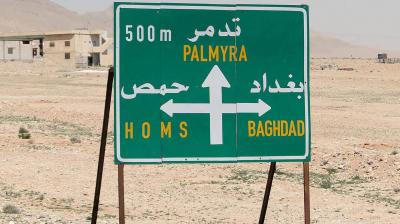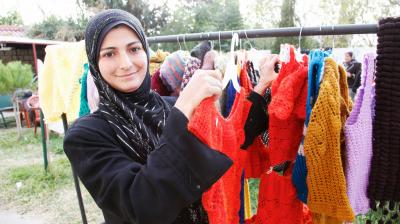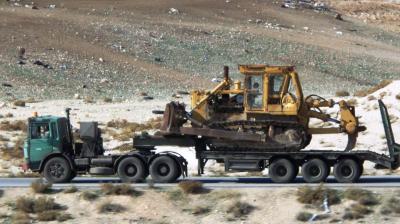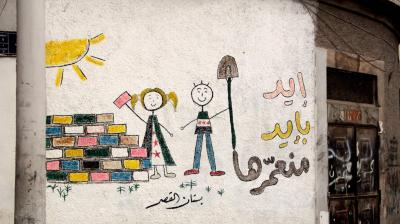How the Syrian regime controls refugee return: four tools
Syrian society is more socially, politically and geographically fragmented than ever before. None of the social problems that caused the 2011 protests have been resolved. Nevertheless, during recent months the Syrian regime has been trying to foster the image that Syria is entering a post-war phase in which a unified and stable Syria can flourish under President Bashar al-Assad. The fact that more than half of the country’s pre-war population is living in exile and has no part in this new social contract of sorts is conveniently omitted from the image presented of this ‘new’ Syria. These refugees will likely continue to live in precarious conditions, with few prospects for safe and voluntary return.
In this policy brief authors Samar Batrawi and Ana Uzelac identify four tools the Syrian regime has at its disposal to control the return of refugees and Internally Displaced Persons (IDPs). It is the second in a series that explores practical considerations of potential European involvement in specific areas of reconstruction in Assad-ruled Syria (the first policy brief on urban reconstruction can be found here.) The brief puts these tools in the perspective of the broader conflict dynamics affecting refugees and IDPs and identifies implications for Western European policy. It concludes that rather than resigning to the limited possibilities for structural political engagement in Syria, Western European policymakers should invest in ways to mitigate the material and political dispossession of more than half of Syria’s pre-war population.







